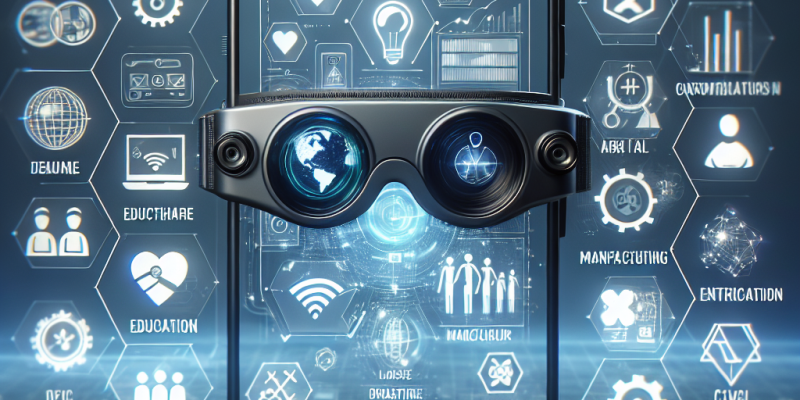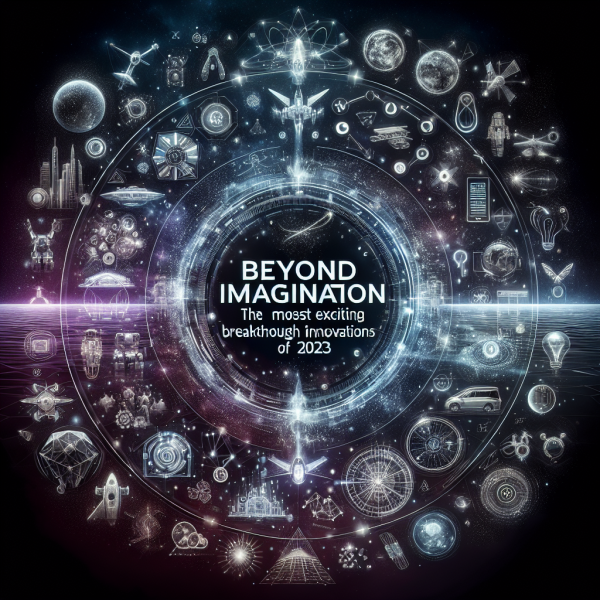The Role of Augmented Reality in Enhancing User Experience Across Industries

In recent years, augmented reality (AR) has emerged as a transformative technology, enhancing user experiences across a myriad of industries. By overlaying digital information onto the physical world, AR creates an interactive and immersive experience that has the potential to revolutionize how users engage with their environments, products, and services. This article explores how AR is being leveraged across various sectors, its benefits, and the future potential for enhancing user experiences.
1. Retail: Bridging the Gap Between Online and Offline Shopping
The retail landscape has been profoundly impacted by AR, especially as e-commerce grows. Retailers are increasingly using AR to bridge the gap between online and offline shopping experiences. For instance, furniture retailers often provide AR applications that allow customers to visualize how a piece of furniture would look in their own home before making a purchase. By simply using their smartphones or AR glasses, customers can see a virtual representation of the product in their space, helping them make informed buying decisions.
Additionally, AR enhances in-store shopping experiences through interactive displays and virtual fitting rooms. Brands like Nike and Sephora have implemented AR technologies to allow customers to try on shoes or apply makeup virtually. These applications not only increase customer engagement but also reduce return rates by increasing buyer confidence.
2. Education: Immersive Learning Experiences
AR is reshaping educational practices by making learning more engaging and interactive. Educational institutions use AR to create immersive experiences that bring complex subjects to life. For instance, science classes can benefit from AR by allowing students to explore 3D models of the human body or the solar system, enriching their understanding of difficult concepts.
Furthermore, AR applications like Google Expeditions enable virtual field trips, allowing students to experience locations like ancient Rome or the ocean floor without leaving the classroom. This level of interaction not only enhances learning but also caters to various learning styles, making education more inclusive.
3. Healthcare: Improved Training and Patient Engagement
In the healthcare sector, AR is used extensively for training medical professionals and improving patient care. Surgeons can utilize AR technology to overlay patient scans during procedure planning, providing a better understanding of complex anatomy. This technology minimizes risks and helps in precise surgical implementations.
Moreover, AR can also improve patient engagement. For instance, healthcare providers can use AR applications to explain treatment plans and medications visually, making it easier for patients to understand their healthcare journey. By demystifying complex medical information, AR empowers patients to make informed decisions about their treatment and overall health.
4. Tourism and Hospitality: Enriching Travel Experiences
The tourism industry is leveraging AR to enhance travel experiences for users. AR applications can provide real-time information about landmarks, allowing travelers to interact with their surroundings in unprecedented ways. For example, a tourist visiting a historical site can use an AR app to see reconstructions of the site as it once appeared, or learn about its history through interactive content layered onto their view.
Furthermore, hotels and travel services can utilize AR to enhance customer service. Virtual concierge services can guide guests through the hotel, highlight amenities, and even provide personalized recommendations based on preferences, all through AR-enabled devices.
5. Real Estate: Visualizing Spaces
In real estate, AR plays a crucial role in enhancing user experience by helping potential buyers visualize properties. AR applications enable users to take virtual tours of homes and apartments, providing 3D spatial representations that go beyond static images and videos. This factors significantly into the decision-making process by allowing buyers to see a property’s potential without the need for physical visits.
AR can also assist in property staging, demonstrating how spaces can be furnished and utilized. This ability to see a property in various configurations provides buyers a more comprehensive understanding of the available space, enhancing the buying experience.
Conclusion: The Future of User Experience with AR
As technology continues to advance, the role of augmented reality in enhancing user experience across industries is poised to grow further. With innovations in hardware, such as AR glasses and improved mobile devices, the potential for more immersive and interactive experiences is promising.
While challenges such as privacy concerns and the need for user-friendly interfaces exist, the benefits of AR in enhancing engagement, facilitating communication, and providing seamless experiences cannot be overlooked. As industries embrace this technology, users can look forward to a future where augmented reality not only enriches their experiences but also transforms their interactions within the world around them. The evolution of AR will redefine user experience, making it more vibrant, informative, and engaging across various sectors.














